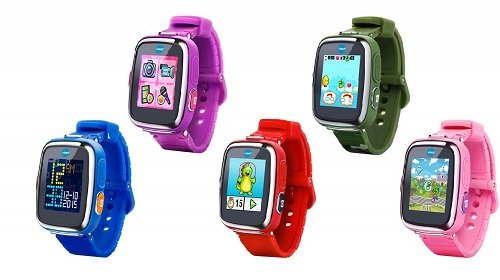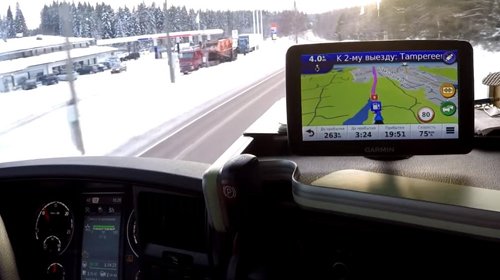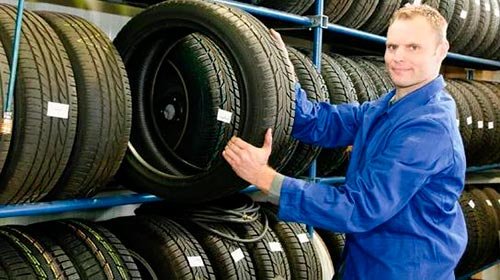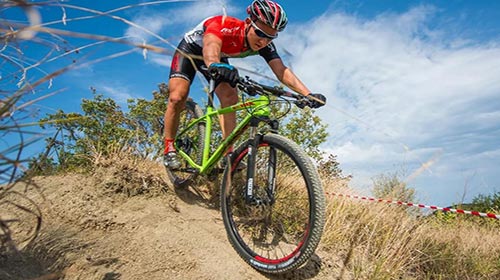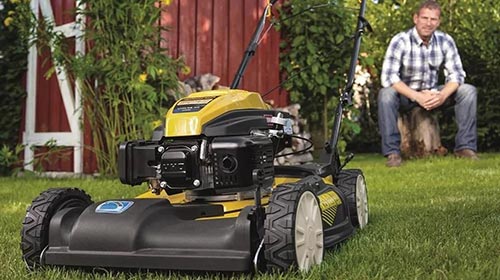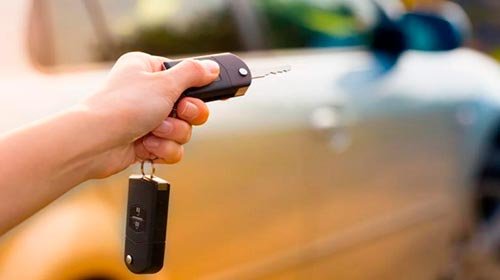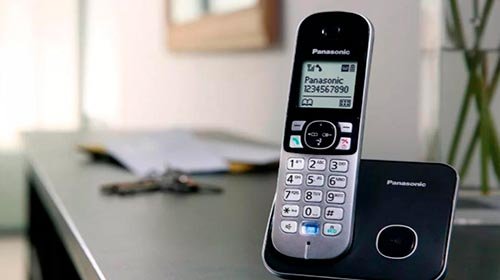Automobile navigators are still in demand, and manufacturers create such a wide range that it does not get confused for long. We do not recommend buying the first vending gadget, nor do we trust some incompetent consultants in retail networks. The choice will take much less time and give a more correct result if you use the search filter of a large online store. This is a very convenient tool for which you only need to specify specific search criteria. Let's find out which parameters of the navigators are considered to be key, so that you can determine how relevant they are in your case and can consciously choose the right machine.
Content:
Varieties of GPS Navigators
Assortment of navigation assistants for cars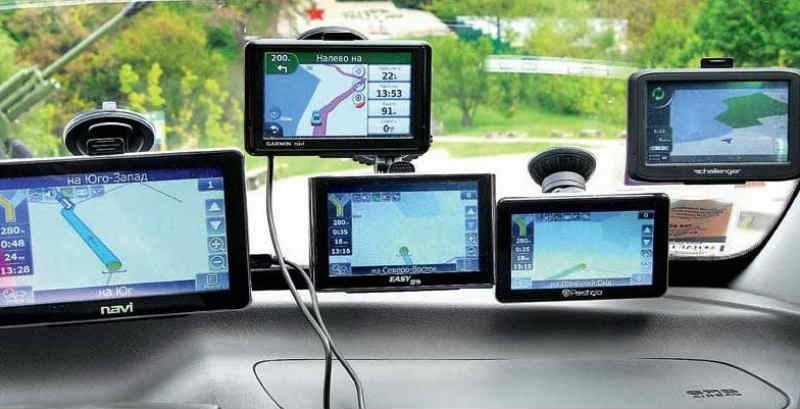
Compared with tourist navigators, devices intended for use in the car are distinguished by increased dimensions. This makes them more convenient to control during the trip. Sometimes motorcycle and bicycle navigators are referred to as automobiles - they have a special mount on the steering wheel.
Depending on the installation method, there are 2 two types of car navigators - recessed and removable. Stationary navigators perform the function of a radio with GPS, are built into a regular place in the center console, and are preferred in the case when you want to get rid of unnecessary wiring and save space on the windshield. But their disadvantages (model search, installation, poor visibility of the screen from the driver’s seat, the high cost of updates, etc.) practically negate the advantages.
Portable navigators are more common, since they can be easily removed if necessary, to be moved to another car, used as a pedestrian or taken home. Outwardly, they resemble a tablet PC and are usually mounted inside the car with the help of a complete bracket on the suction cup.
Set tasks
What functions - basic and additional - we can chooseThe possibilities of modern car navigators have long been not limited to the positioning of the car on the ground and the derivation of its coordinates. Most GPS devices, including quite inexpensive ones, are capable of:
- lay several route options to the designated point;
- memorize the route and, if necessary, display it on the display;
- determine and display a number of navigation parameters - speed, direction, time of arrival;
- understand the instructions in the voice mode and give hints during the movement;
- inform about the rules of the road, acting on this site.
More advanced models of functionality as close as possible to the tablet and can perform a number of other tasks:
- record the situation that occurs in front of the car (DVR function);
- make calls, receive and send messages (GSM / GPRS module and SIM card is required);
- notify the driver about the captured signal of the traffic police radar;
- show information about traffic jams formed nearby.
And this is not a complete list, because through the navigator you can listen to music, watch movies and channels through an mp3 player and TV tuner, transmit sound to a car’s audio system via an FM transmitter, etc.
How important is the size
How to choose the right diagonal and display resolution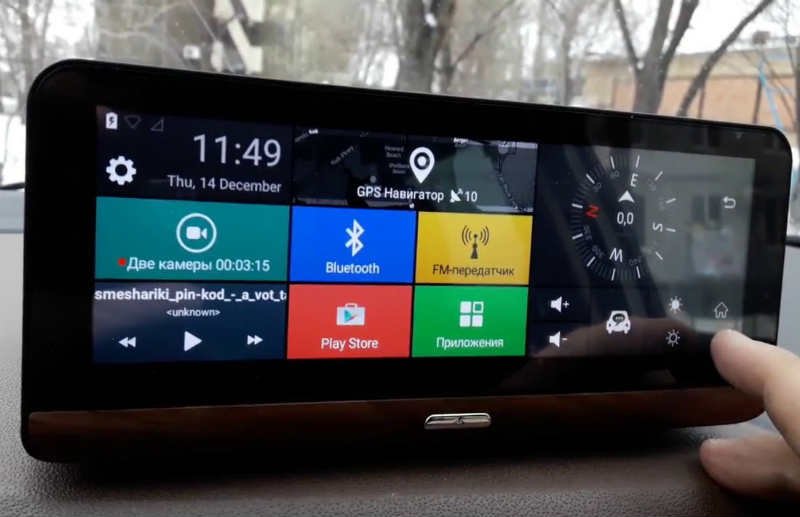
Any navigator consists of a GPS signal receiver, a processor that processes them based on software, and a display device - a screen. In the overwhelming majority of models, it is designed as a color touch panel. The comfort of operating a gadget depends largely on its diagonal, image clarity and magnitude of the viewing angle.
Today on sale there are car navigators with a diagonal from 4 to 7 inches. The greater the distance between the opposite corners, the larger the interface elements and the larger the map with the trajectory of the sequence. Accordingly, management becomes more convenient, and orientation in space is easier.
At the same time, the bulky navigator is quite difficult to use when walking. Thus, before choosing a device, decide for what purposes it will be used more often:
- only for car rides - a device with a 6- or 7-inch display is optimal;
- for frequent walks and occasionally in the car - you need a small device (4 inches and less);
- universal option - 5 ".
The clarity of the picture depends on the screen resolution, and for short diagonals, its value is usually 480x232 pixels, and for long diagonals it is 800x480. This is quite enough to clearly see the picture, if only there was no light from direct sunlight. To prevent them, the presence of anti-reflective coating is very desirable.
Hardware
Understanding the processor frequency, memory and GPS moduleThe processor is not in vain called the brain of any electronics - if we ignore the hardware configuration and choose a navigator, guided, for example, only by the presence of the right cards, you can get a practically useless device with slow loading and false routes. Therefore, be sure to specify the following parameters:
- clock frequency - must be at least 500 MHz;
- RAM capacity (RAM or RAM) - models with 128 MB have sufficient functionality, devices with 256 MB are high-speed, and Android devices require 512 MB or more;
- the presence (or the possibility of installation) of an internal storage of information - manufacturers usually complete their navigators with a solid-state drive of 4 GB, and in order to improve multimedia characteristics they offer users to expand the memory with interchangeable cards up to 8, 32, or even 64 GB.
The important characteristics of the GPS module include the type of chipset, the number of channels received and the frequency of updating data. The fastest devices are considered to be GPS modules with chipsets from the SiRF and Mediatek trademarks, working with 64 or 66 communication channels and being updated up to 10 times per second. It is better to choose those devices that, in order to save power, allow you to adjust the refresh rate.
Nutrition
What you need to know about batteries
The vast majority of navigation devices for cars are conditionally portable. They have their own batteries, the capacity of which on average does not exceed 1000 mA h. - this is enough for autonomous work for 1‒2 hours. But, basically, car gadgets of the mid-budget group are powered via a network cable from the cigarette lighter socket with a nominal voltage of 12 V.
If it is assumed that the navigator will be used in cars and pedestrian walks, take a closer look at the more expensive models with lithium-polymer batteries (Li-pol). With the same dimensions, they are better in terms of energy consumption, they are characterized by low self-discharge, therefore, they are much more durable than usual and are able to work until 4–5 hours to full discharge.
operating system
We study which OS is better - Windows or AndroidWe will immediately stipulate that the execution of the main task - unmistakable orientation in unfamiliar terrain - does not depend on the type of operating system. You need to think about it only if the gadget should be multifunctional.
The most common operating system installed in navigators was Windows CE.Its advantages include undemanding hardware capabilities, a nice interface and a clear interaction with navigation software. But in terms of speed and availability of additional applications, “Winda” is inferior to more modern operating systems.
These are primarily "Android". It is more complicated and requires more productive "hardware", respectively, andro-navigators are more expensive, but they benefit in functionality. Such models allow you to easily install additional software, connect to the Internet and be updated over the air, instantly download data and play multimedia files.
Some manufacturers of navigators offered their own OS. So, Garmin has models with the same name OSes. Users praise it for performance, reliability and stability, but they also name a rather limited choice of software. On its background, Android looks much more promising.
Navigation software
Overview of maps and navigation software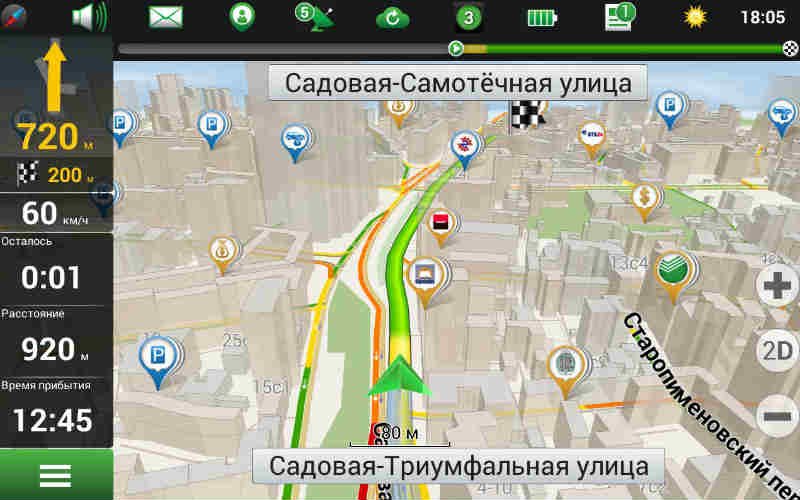
No matter what capabilities the navigator possesses, they are trying to choose it in order to determine its location at any time and know where the further route lies without traffic jams and congestion. Software products with a set of corresponding maps are responsible for performing these functions in the navigator. The minimum requirements for them - the availability of a detailed map of their region, the maximum - the whole world.
For several years the following programs remain the most popular in Russia:
- Navitel is a system with correct street names and house numbers, which suits most users with speed and positioning accuracy;
- "Garmin" - works exclusively on branded devices, perfectly detailed (up to the numbering of the cases), has the PhotoReal function and provides the free service "Plugs";
- iGo - created for long-distance travel by car, offers high-quality 3D-maps of more than 70 countries, understands voice guidance in 40 languages, in case of deviation, recalculates the route.
The quality of maps of some regions still leaves much to be desired, so they need to be updated regularly. Not all manufacturers have a friendly pricing policy for the supply of new software versions, so before buying, specify under what conditions and at what price you will receive updates.
Warm and cold start
What is the rate of recovery of communication with satellites is considered optimalData transmitted by GPS satellites is only valid for 30 minutes. Accordingly, if the navigator is turned off for several days or transported off to another region, its data will be outdated, and the device will take time to reconnect and return to a working state. This process is called the “cold start”. Its speed depends on many factors (such as antenna and chipset, signal strength, interference) and can take up to 10 minutes.
If the power of the GPS receiver is turned off for a short time, it will carry out a “warm start”, the duration of which rarely exceeds a few seconds. Even faster, the device will restore observation of the satellites if it has lost the signal, for example, when the car is in a tunnel, in the yard between the skyscrapers or under a large bridge. Of course, it is unlikely that anyone will choose a device based solely on the speed of the start, but it’s definitely worth looking into the technical specifications and finding out its duration.
TOP manufacturers
Are brands more popular than “Garmin”, their pros and cons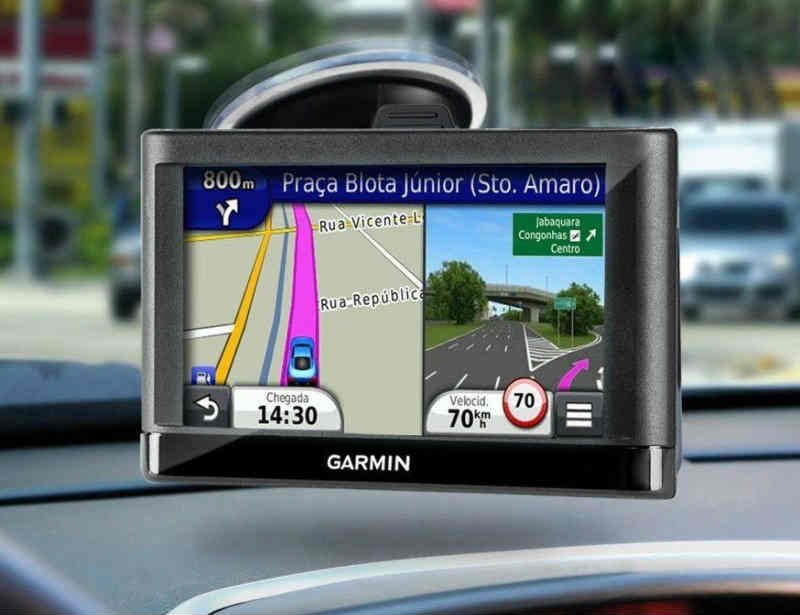
Fans of the Garmin trademark are unlikely to agree that navigators from other manufacturers are not inferior to their pets. And indeed, judging by the reviews, the American brand has significantly detached itself from its competitors due to its manufacturability, wide range and unique navigation functions. Nevertheless, many find wormholes, they say, expensive, and the equipment is modest, and low-end devices (up to $ 200) are not as high-quality as you would expect from Garmin.
Under the second number in the ranking of the best manufacturers is the Russian brand "Navitel".He was able to offer users affordable and at the same time functional GPS devices equipped with good hardware, high-quality programs and good maps. For use in Russia, it is probably difficult to choose devices better, but in foreign travel they can fail, since some maps of other countries are irrelevant.
For foreign countries, especially for traveling around Europe, devices from the Dutch company TomTom are considered ideal navigators. She provided her users with smart MapShare technology that allows them to independently make changes to maps and share innovations with other gadget owners. But the automatic switching day and night mode, backlight and quick exit from the wilds of the TomTom menu is clearly not enough.
Interface and equipment
Everything for proper interaction with the deviceNow you are ready to go to the store to test a specific model. We recommend to do this, even if you plan to buy a gadget through the online store. First, check the box for basic accessories: a cradle, a charger, a cord for connecting to a cigarette lighter and a USB cable. Richer configurations can additionally include a cover, an external antenna, an adapter for a household electrical outlet, an interfaced rear-view camera, software, etc.
Find out where the slots of the memory card, SIM-cards, USB-port, headphone output are located and evaluate how convenient their location is. Some designations of connectors and ports may be confusing, so we will decode them:
- TRS 3.5 - headphone audio jack;
- AV-IN - connection of an external audio and video source, for example, a TV tuner;
- DC-IN - input for connecting network charging;
- Reset - a hardware reset button for system rollback to factory settings;
- IEEE 1394 is a high-speed digital bus for exchanging digital information.
Now evaluate the quality of the assembly, mounting and housing material. It is important that the plastic is non-marking and strong to the touch, and the parts fit correctly. Install the navigator in the cradle and try to remove it. Keeps securely, and removed easily? So, “good boots, we must take”!
